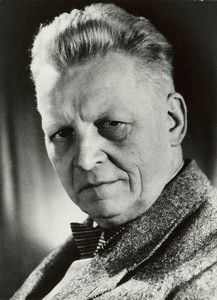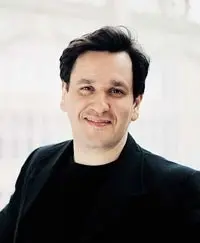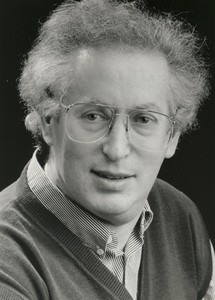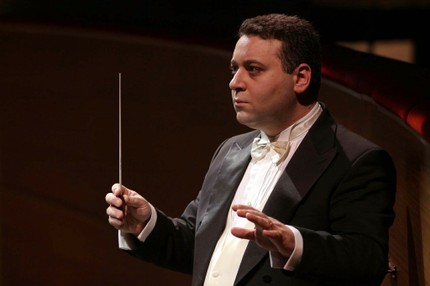
Hermann Abendroth |
Herman Abendroth

The creative path of Herman Abendroth largely passed before the eyes of the Soviet audience. He first came to the USSR in 1925. By this time, the forty-two-year-old artist had already managed to take a firm place in the cohort of European conductors, which was then so rich in glorious names. Behind him was an excellent school (he was brought up in Munich under the guidance of F. Motl) and considerable experience as a conductor. Already in 1903, the young conductor headed the Munich “Orchestral Society”, and two years later became the conductor of the opera and concerts in Lübeck. Then he worked in Essen, Cologne, and after the First World War, having already become a professor, he headed the Cologne School of Music and took up teaching activities. His tours took place in France, Italy, Denmark, the Netherlands; three times he came to our country. One of the Soviet critics noted: “The conductor won strong sympathy from the very first performance. It can be stated that in the person of Abendroth we met with a major artistic personality … Abendroth is of outstanding interest as an excellent technician and a very gifted musician who has absorbed the best traditions of German musical culture. These sympathies were strengthened after numerous concerts in which the artist performed an extensive and varied repertoire, including works by his favorite composers – Handel, Beethoven, Schubert, Bruckner, Wagner, Liszt, Reger, R. Strauss; the performance of Tchaikovsky’s Fifth Symphony was especially warmly received.
Thus, already in the 20s, Soviet listeners appreciated the talent and skill of the conductor. I. Sollertinsky wrote: “In Abendroth’s ability to master an orchestra there is nothing of posturing, deliberate self-staging or hysterical convulsions. With large technical resources, he is not at all inclined to flirt with the virtuosity of his hand or left little finger. With a temperamental and broad gesture, Abendroth is able to extract a gigantic sonority from the orchestra without losing external calm. A new meeting with Abendroth took place already in the fifties. For many, this was the first acquaintance, because the audience grew and changed. The art of the artist did not stand still. This time, a master wise in life and experience appeared before us. This is natural: for many years Abendrot worked with the best German ensembles, directed the opera and concerts in Weimar, at the same time was also the chief conductor of the Berlin Radio Orchestra and toured many countries. Speaking in the USSR in 1951 and 1954, Abendroth again captivated the audience by demonstrating the best aspects of his talent. “A joyful event in the musical life of our capital,” wrote D. Shostakovich, “was the performance of all nine Beethoven symphonies, the Coriolanus Overture and the Third Piano Concerto under the baton of the outstanding German conductor Hermann Abendroth … G. Abendroth justified the hopes of Muscovites. He showed himself to be a brilliant connoisseur of Beethoven’s scores, a talented interpreter of Beethoven’s ideas. In the impeccable interpretation of G. Abendroth both in form and content, Beethoven’s symphonies sounded with a deep dynamic passion, so inherent in all of Beethoven’s work. Usually, when they want to celebrate a conductor, they say that his performance of the work sounded “in a new way”. The merit of Hermann Abendroth lies precisely in the fact that in his performance Beethoven’s symphonies sounded not in a new way, but in Beethoven’s way. Speaking about the characteristic features of the artist’s appearance as a conductor, his Soviet colleague A. Gauk emphasized “the combination of the ability to think on a large scale of forms with an extremely clear, precise, filigree drawing of the details of the score, the desire to identify every instrument, every episode, every voice, to emphasize the rhythmic sharpness of the picture.”
All these features made Abendroth a remarkable interpreter of the music of Bach and Mozart, Beethoven and Bruckner; they also allowed him to penetrate into the depths of the works of Tchaikovsky, the symphonies of Shostakovich and Prokofiev, which occupied a significant place in his repertoire.
Abendrot until the end of his days led an intensive concert activity.
The conductor gave his talent as an artist and teacher to the construction of a new culture of the German Democratic Republic. The government of the GDR honored him with high awards and the National Prize (1949).
Grigoriev L. G., Platek Ya. M., 1969





